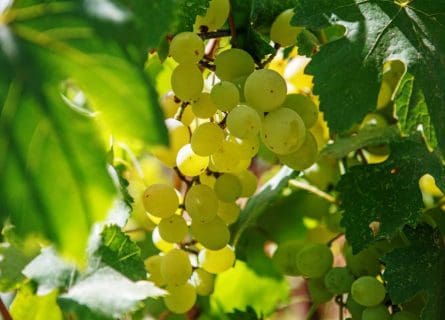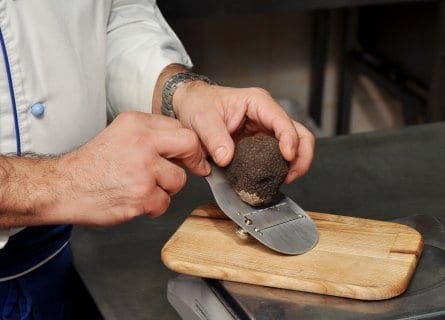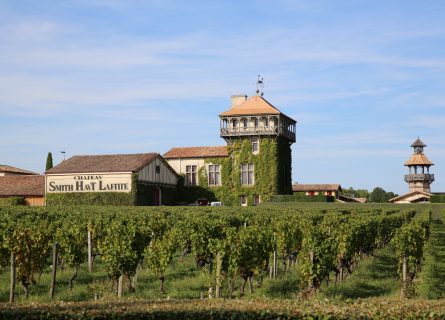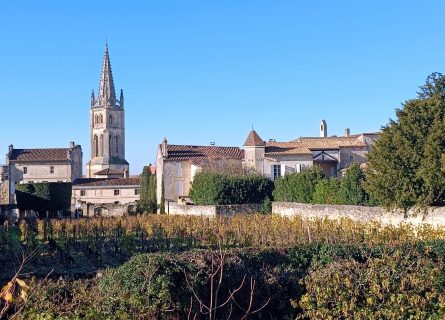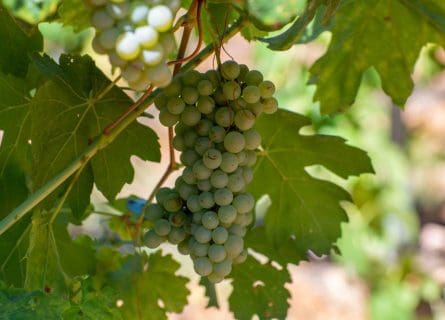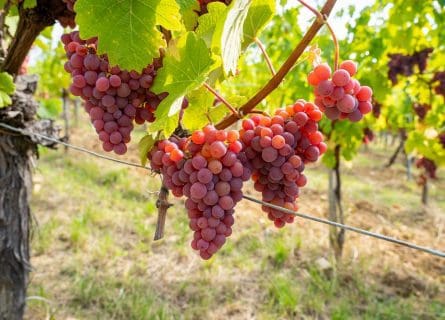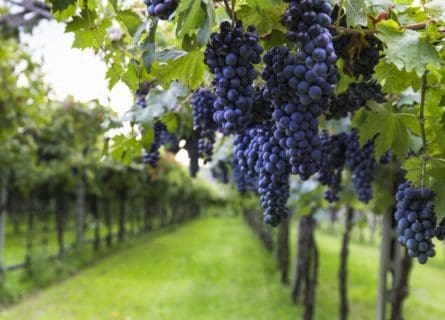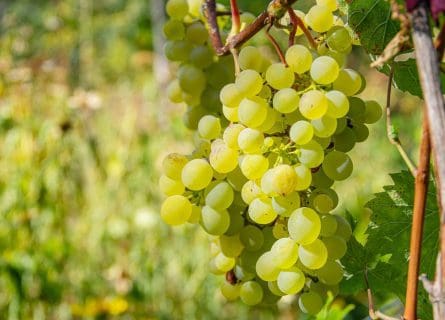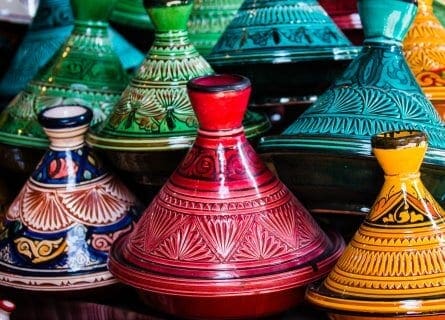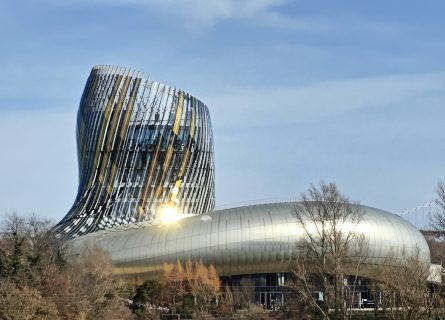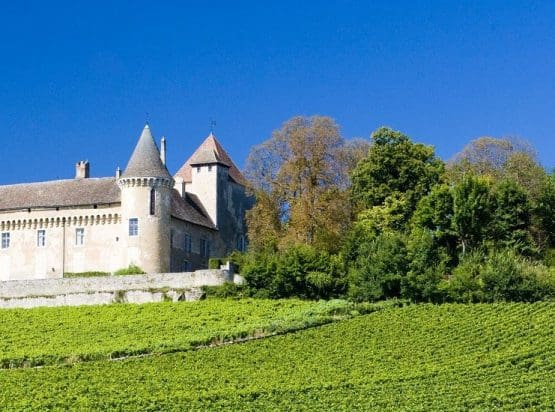
Henri de Villamont Winery Guide
EXPLORE ALL OUR RECOMMENDED FRENCH WINERIES
Last updated: June 4, 2024
Winery Overview
A legend throughout Côte-d’Or, Henri de Villamont can be easily spotted from miles around due to its famous “Guettes Tower” and beautiful manor house, which has drawn wine lovers on a Burgundy pilgrimage for many decades. Located in the heart of one of the region’s prettiest villages, Savigny Les Beaune, Henri de Villamont is a magical place, surrounded by high walls and scores of Premier Cru vineyards. The property has been owned by a major Swiss family company in the wine business for over 20 years; the winery now boasts an impressive cellar with a capacity for 4,000 French oak barrels. However, despite the initial impression of large (by local standards) volumes, quality (not quantity) is the overriding aim of this estate. The winemaking philosophy of cellar master Pierre Jehan has always been to express each appellation’s typicity, respecting what the terroir and vintage give. The resulting wines are never anything less than excellent – bottles bursting with depth, weight, texture, and elegance.
This historic cellar traces its roots to the latter part of the 19th century and is closely connected to the history of the famous Clos de Vougeot Grand Cru vineyard. At the time, its sole owner, Leonce Bocquet, wished to embark upon an unprecedented project for his family and create a modern winery and cellar at the heart of the Cote de Beaune. After searching for the perfect location, Bocquet decided upon the village of Savigny-Les-Beaune. At the time, the leading architect, Albert Suisse, was commissioned to build the winery, a monumental undertaking that took eight years.
However, the result was worth the effort – a, by the standards of the time, deluxe winery facility with a formidable barrel cellar and the latest equipment at the winemakers’ disposal. The family kept control of the estate for many years until it fell into the Martenot family’s hands, who used the property as a base for their cheese business, no less! The property’s salvation came from Schenk, a Swiss firm that purchased the estate in 1964. Schenk named the property ‘Henri de Villamont’ – in honor of a crusading knight who retired in the village. In 1969, Schenk added the famous Dr. Arthur Barolet cellar to their purchases.
The Schenk group has recently invested significant sums into maintaining Henri de Villamont at the highest level. It should be commended for the care and attention they have bestowed upon this historic cellar. At the cost of over 2 million Euros, a new winery was installed in 2006, and yields have been significantly reduced – a fraction of what was produced in the 1990s. Pierre Jean, who joined Henri de Villamont in 1999, is still in charge of the winemaking and continues to craft excellent wines across the board – be it a Puligny Montrachet or a Pommard Premier Cru. Such consistency across a large range of appellations where the estate has holdings is laudable, particularly as the wines have a grace and charm that sets them apart. Oak is always perfectly judged and never overwhelms the magic of fruit inherent to Pinot Noir and Chardonnay grown in Burgundy. So, please don’t come here looking for powerful blockbusters but rather elegant, beautiful wines that remain true to their Burgundian appellations. Formidable!
Wines produced
-
Henri de Villamont Savigny-Les-Beaune Clos des Guettes (Premier Cru)
100% Pinot Noir. Fermentation takes place in stainless steel tanks. The wine remains in vat before being transferred to French oak for approximately 12 to 14 months. Typically, depending on the wine, between 20-30% new French oak is used. -
Henri de Villamont Meursault Les Caillerets (Premier Cru)
100% Chardonnay. Fermentation takes place in stainless steel tanks. The wine remains in vat before being transferred to French oak for approximately 12 to 14 months. Typically, depending on the wine, between 20-30% new French oak is used. -
Henri de Villamont Puligny Montrachet Sous le Puits (Premier Cru)
100% Chardonnay. Fermentation takes place in stainless steel tanks. The wine remains in vat before being transferred to French oak for approximately 12 to 14 months. Typically, depending on the wine, between 20-30% new French oak is used. -
Henri de Villamont Chassagne Montrachet Morgeot (Premier Cru)
100% Chardonnay. Fermentation takes place in stainless steel tanks. The wine remains in vat before being transferred to French oak for approximately 12 to 14 months. Typically, depending on the wine, between 20-30% new French oak is used. -
Henri de Villamont Chambolle Musigny Les Baudes (Premier Cru)
100% Pinot Noir. Fermentation takes place in stainless steel tanks. The wine remains in vat before being transferred to French oak for approximately 18 to 20 months. Typically, depending on the wine, between 20-30% new French oak is used. -
Henri de Villamont Pommard
100% Pinot Noir. Fermentation takes place in stainless steel tanks. The wine remains in vat before being transferred to French oak for approximately 12 to 14 months. Typically, depending on the wine, between 20-30% new French oak is used. -
Henri De Villamont Grands Echezeaux (Grand Cru)
100% Pinot Noir. Fermentation takes place in stainless steel tanks. The wine remains in vat before being transferred to French oak for approximately 18 to 20 months. Typically, depending on the wine, between 20-30% new French oak is used. However, the percentage can be higher for Grand Cru vines, depending on the wine and appellation. The prestige wine of the property. -
Henri de Villamont Corton Renardes (Grand Cru)
100% Pinot Noir. Fermentation takes place in stainless steel tanks. The wine remains in vat before being transferred to French oak for approximately 18 to 20 months. Typically, depending on the wine, between 20-30% new French oak is used. However, the percentage can be higher for Grand Cru vines, depending on the wine and appellation. -
Henri de Villamont Clos de Vougeot (Grand Cru)
100% Pinot Noir. Fermentation takes place in stainless steel tanks. The wine remains in vat before being transferred to French oak for approximately 18 to 20 months. Typically, depending on the wine, between 20-30% new French oak is used. However, the percentage can be higher for Grand Cru vines, depending on the wine and appellation.
Winery Contact Details
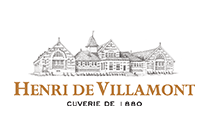
Henri de Villamont
Rue du Docteur Guyot, Savigny-les-BeauneBurgundy
France
Email: [email protected]
Tel +33 (0)380 21 50 59
Fax +33 (0)380 21 36 36 Find out more
Facts & Figures
Appellation
AOC Savigny-les-Beaune
Founded
1880
Area under Vine
10 hectares
Age of vines
35 years+
Oak barrel origin
French
Winemaker
Pierre Jehan
Owner
Schenk Holdings
Production
300,000 bottles per annum
Grape varietals
Pinot Noir, Chardonnay
Grape Varieties Used by the Winery
-
Chardonnay
Chardonnay is a green-skinned grape varietal native to the Burgundy wine region in France and one of the most popular varieties worldwide.
Find out more -
Pinot Noir
Pinot noir is a light-bodied red wine varietal closely related to the Vitis vinifera grape and produces the most sought-after red wines in the world.
Find out more
Winery Appellations
-
 Discover the magic of Burgundy, where tradition meets innovation. Delve into complex terroirs and the flavors of Pinot Noir and Chardonnay. Plan your trip! Read more
Discover the magic of Burgundy, where tradition meets innovation. Delve into complex terroirs and the flavors of Pinot Noir and Chardonnay. Plan your trip! Read more -
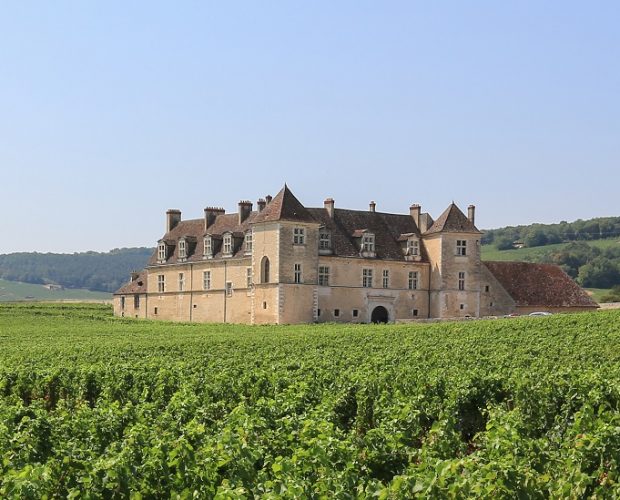 Explore Burgundy's Côte d'Or, where terroir reigns supreme. Discover legendary vineyards & indulge in fine wine and gastronomy. Read more
Explore Burgundy's Côte d'Or, where terroir reigns supreme. Discover legendary vineyards & indulge in fine wine and gastronomy. Read more -
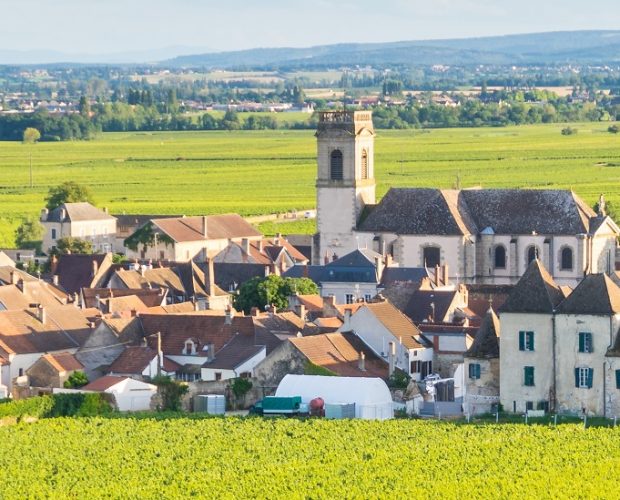 Explore Côte de Beaune's unmatched Chardonnays and Pinot Noirs, a testament to Burgundy's winemaking legacy. Experience legendary taste and tradition. Read more
Explore Côte de Beaune's unmatched Chardonnays and Pinot Noirs, a testament to Burgundy's winemaking legacy. Experience legendary taste and tradition. Read more
Further Reading: Discover More Related Blog Content
More information
If you would like us to customize an exclusive luxury tour, contact us and let us know your travel plans. We offer luxury food and wine tours for private groups of a mininium two guests. In addition, all of our private, chauffeured tours are available year-round upon request.



